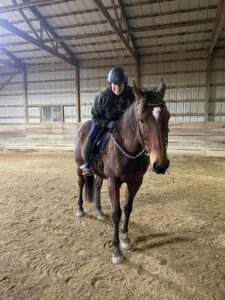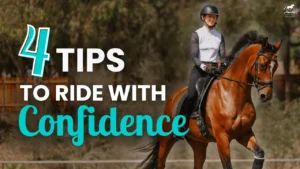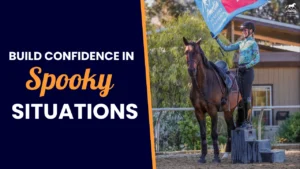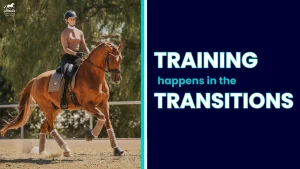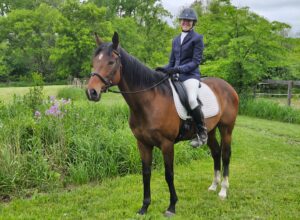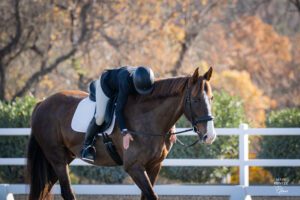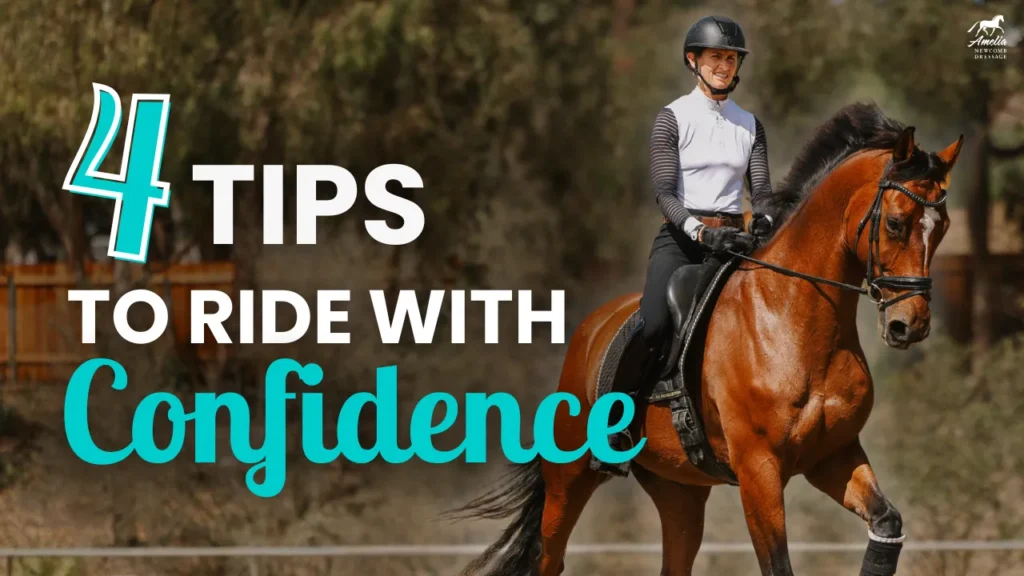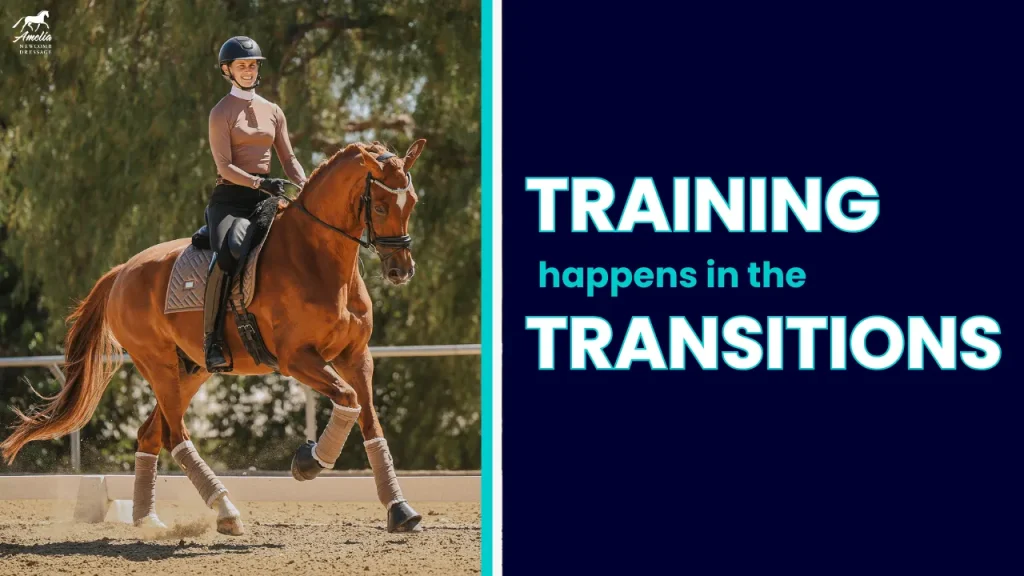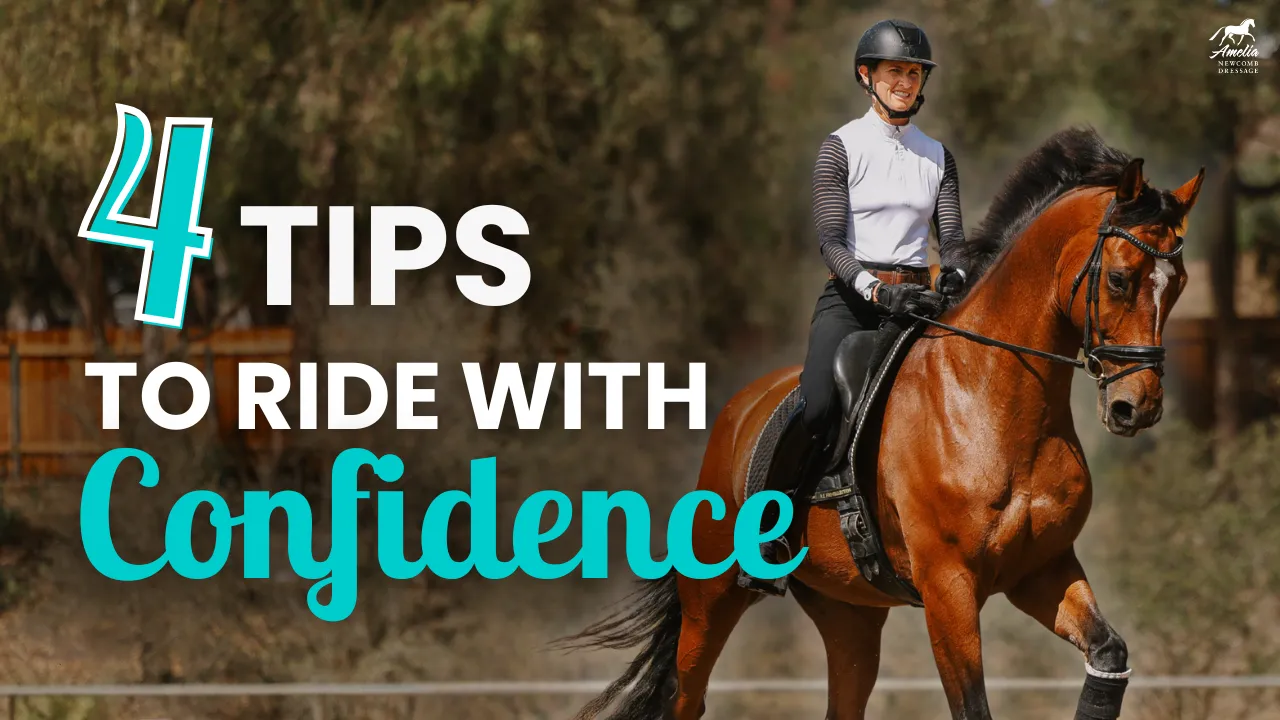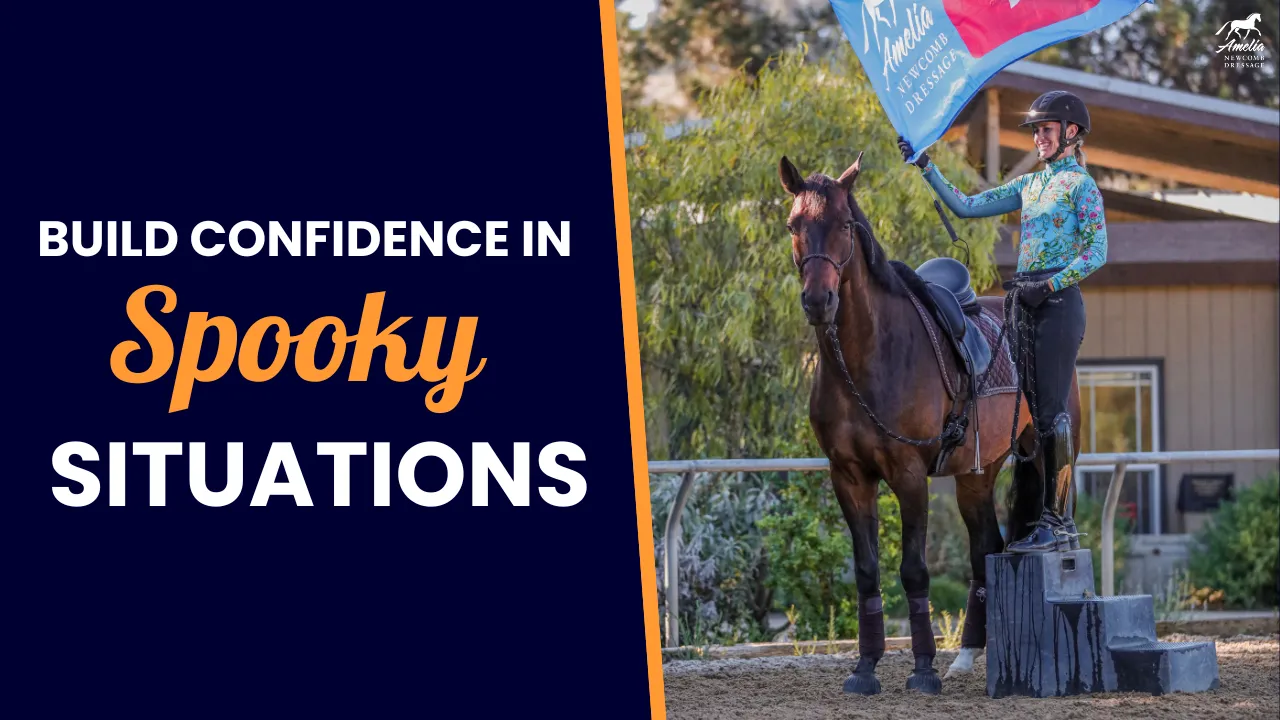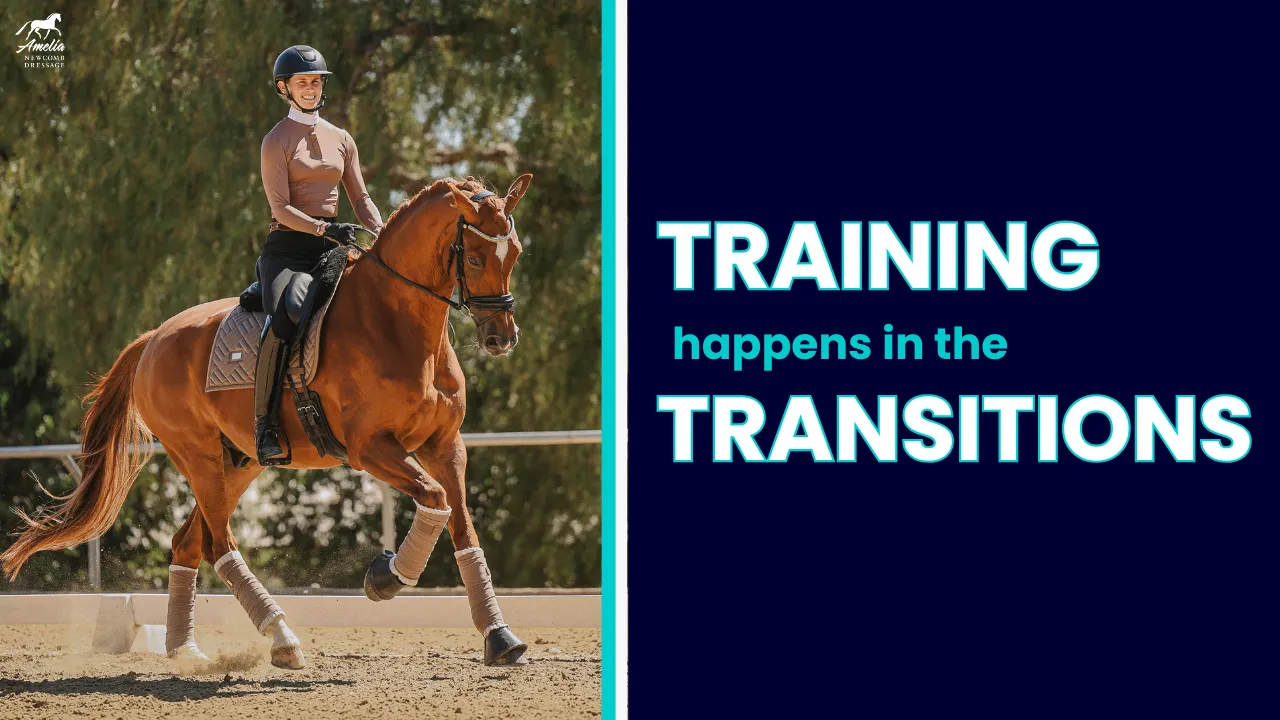The warm up is arguably the most important part of your ride! The warm up should get your horse mentally and physically accessible and supple so that you can have a productive training session.
Every horse requires a little different warm up routine…. Some horses need to be warmed up low and round. Others need to be warmed up in a more horizontal frame. Some horses prefer the canter to warm up while other horses require quite a bit of trot first.
What is YOUR warm up routine?
For ALL horses, the warm up should work to establish the base of the Dressage Training Scale – rhythm, suppleness, and connection.
It is important to establish a routine that you use to warm up your horse. This routine will give your horse confidence at a competition or on a day when they are just tense for whatever reason. Since horses are creatures of habit, your warm up routine will help to get your horse relaxed and supple.
Here are a few tips for your warm up:
- Walk for 10- 15 mins – long or loose rein. Use the walk to establish the rhythm and the relaxation and to give the horse a chance loosen up their back.
- Use circles and serpentines in the warm up to get your horse supple and focused.
- Trot-canter trot transitions are one of the best warm up exercises for rhythm, suppleness, and connection.
- Focus on the rhythm of all 3 gaits. This will also help to get your horse to relax!
- Test the warm up with a stretch circle at the end to make sure that your horse is supple and connected.
Suppleness is the KEY to your warm up. You need to get your horse mentally and physically supple before starting the “training” phase of your ride.
Some days the warm up phase takes longer than others – this it totally ok!
On a cold morning after a day off, the warm up might take more than 20 minutes. On a hot day at the end of a hard training week, the warm up may take just 5 minutes (excluding walking time of course!)
Some days it may take the whole ride, just to get your horse is warmed up and that is ok too! Until you have achieved suppleness, you really should not move on from the warm-up phase!
